Ask AI on The Internet
Question: Study the cartoon below and answer the questions that follow in an essay format. Source: https://preview.redd.it/q7fy73uiftd31.jpg?width=960&crop=smart&auto=webp&s=2f646d8fc 974eb2e07c179e52ff36222cecd6356 5.1 Write a one-page trialogue between the character standing in the front and the two at the back. (25 marks) ENG1515 OCTOBER/NOVEMBER 2024 11 5.2 Assuming that the cartoon is portraying an existing problem in society, what would the problem be? Discuss any 3 possible solutions to eliminate it.
### Trialogue: Cartoon Characters' Discussion **Context:** A group of people is depicted, with one character standing prominently in front, addressing two characters in the background. **Front Character (FC):** (Looks stern and determined) "Listen up, we need to talk about what's been going on lately. It's causing deep divisions amongst us." **Back Character 1 (BC1):** (Appears hesitant) "What do you mean? Are you referring to the way we treat each other based on our differences?" **Back Character 2 (BC2):** (Nods in agreement with BC1) "Yeah, it's been really tense. I’ve noticed people are quick to judge without understanding one another." **FC:** "Exactly. This negativity is growing, and it's affecting our community. We need to address the underlying issues: prejudice, intolerance, and the spread of misinformation." **BC1:** "Prejudice? You mean the assumptions people make about each other based on stereotypes?" **FC:** "Yes. Those assumptions lead to unfair treatment and alienation. It’s tearing the fabric of our unity apart." **BC2:** "It’s true. I’ve seen friends become foes because of misunderstandings. How do we tackle this? It's overwhelming." **FC:** "Well, the first step is education. We need to inform people about the harm caused by prejudices and encourage empathy. Schools and community programs should focus on diversity and inclusion." **BC1:** "Education is vital, but it’s not enough. What about promoting open dialogues where people can share their experiences and perspectives?" **BC2:** "That's a great idea. Conversation can bridge gaps and create understanding. But people also need to see positive behavior modeled by leaders." **FC:** "Agreed. Our leaders, whether political, social, or cultural, should exemplify respect and inclusivity. They set the tone for broader societal norms." **BC1:** "These are great points. It won't be easy, but if we commit to these changes, we can make a significant impact." **BC2:** "We must all play our part. It starts with us, here and now." **FC:** "Absolutely. Let's start this journey towards building a more tolerant and united community." --- ### Addressing the Problem in Society #### Problem Portrayed by the Cartoon: The cartoon likely illustrates the issue of prejudice and social division, emphasizing how certain societal attitudes and behaviors contribute to discrimination and lack of understanding among diverse groups. #### Three Possible Solutions: 1. **Educational Programs on Diversity and Inclusion:** - **Implement comprehensive curricula:** Schools and educational institutions should incorporate lessons on cultural diversity, tolerance, and the value of inclusivity. Students should learn about different cultures, histories, and perspectives to build empathy. - **Encourage critical thinking:** Education systems should promote critical thinking skills that enable students to question stereotypes and prejudices critically. 2. **Promote Open and Respectful Dialogue:** - **Community forums and workshops:** Organize events where individuals from various backgrounds can come together to share their stories and experiences. Such settings encourage mutual understanding and dispel myths and misconceptions. - **Safe spaces for discussion:** Create environments where people feel safe to express their thoughts and feelings without fear of judgment or backlash. This openness can foster deeper connections and resolve conflicts. 3. **Positive Role Models and Leadership:** - **Leadership by example:** Leaders in politics, business, and culture should demonstrate behaviors that promote unity and respect. Their actions and words significantly influence public attitudes. - **Public awareness campaigns:** Launch initiatives that showcase the benefits of diversity and the success stories of inclusive practices. Media and social platforms can be powerful tools in reshaping societal norms. In conclusion, addressing the problem of prejudice and social division requires a multifaceted approach, involving education, open dialogue, and exemplary leadership. By implementing these solutions, we can work towards building a more inclusive and harmonious society.
Think your answer is better than the AI's? Post it below.
Question Tags
If you want your question answered by an AI, click here.
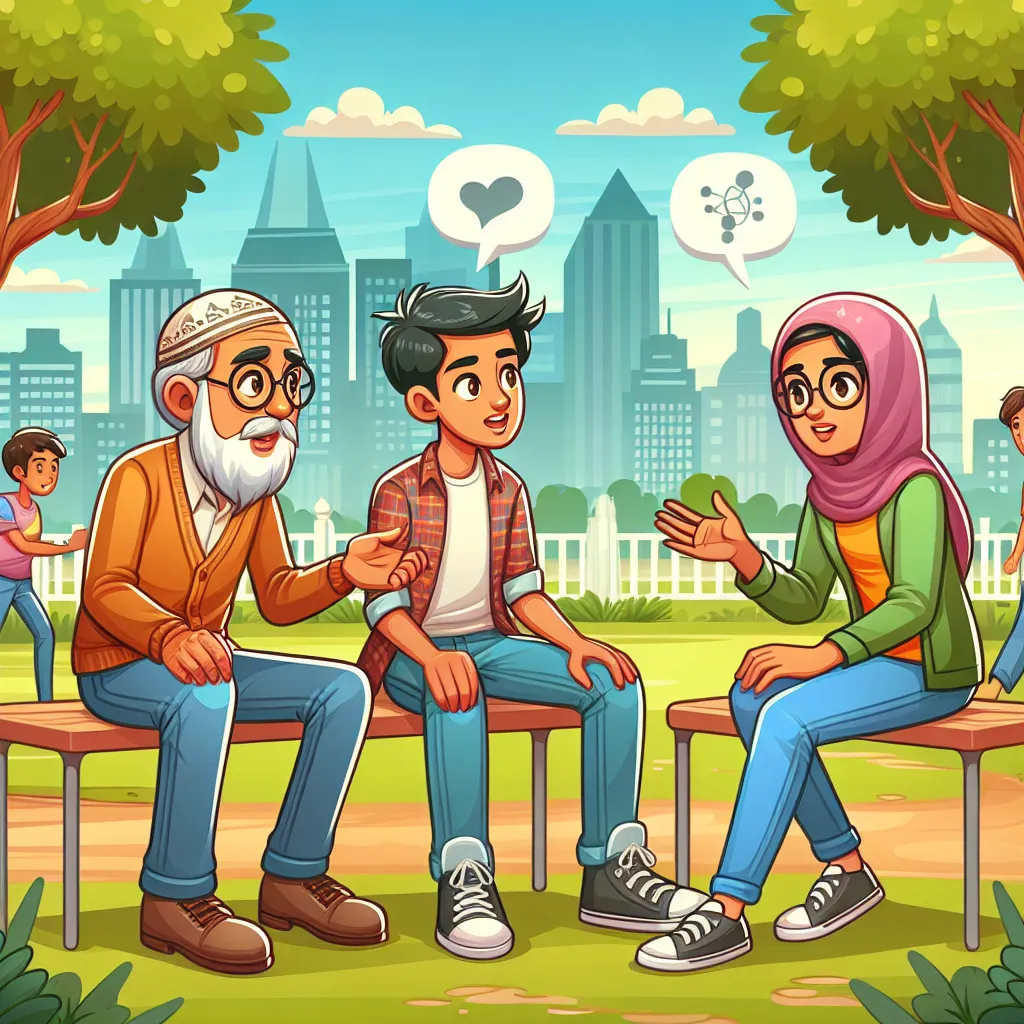

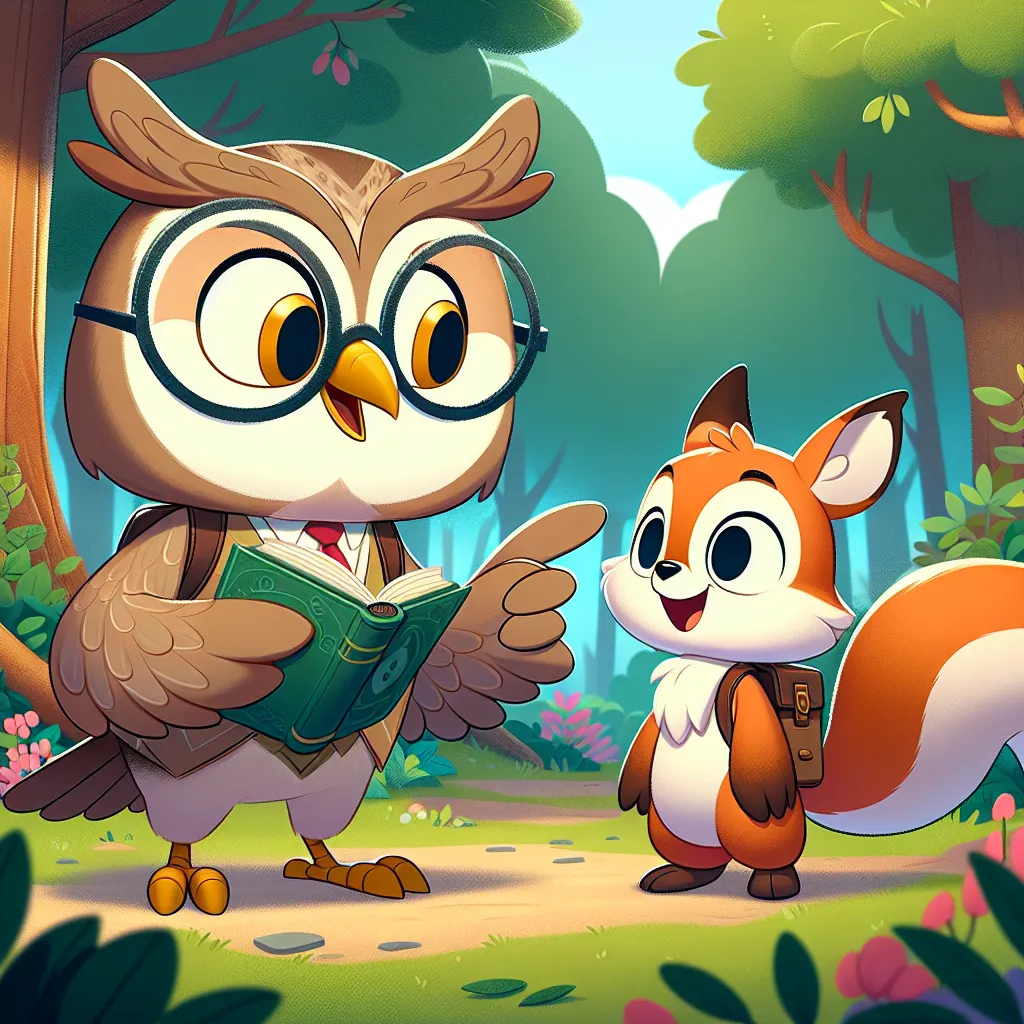
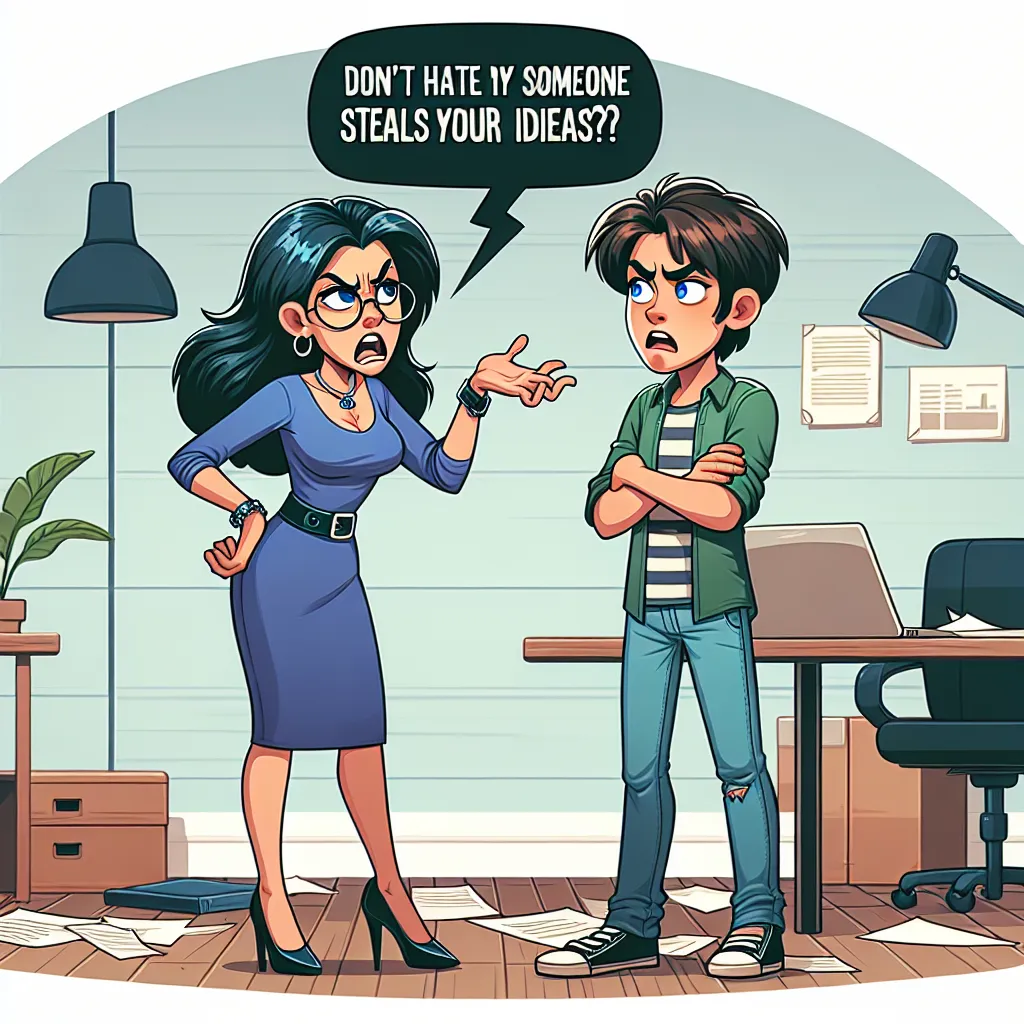
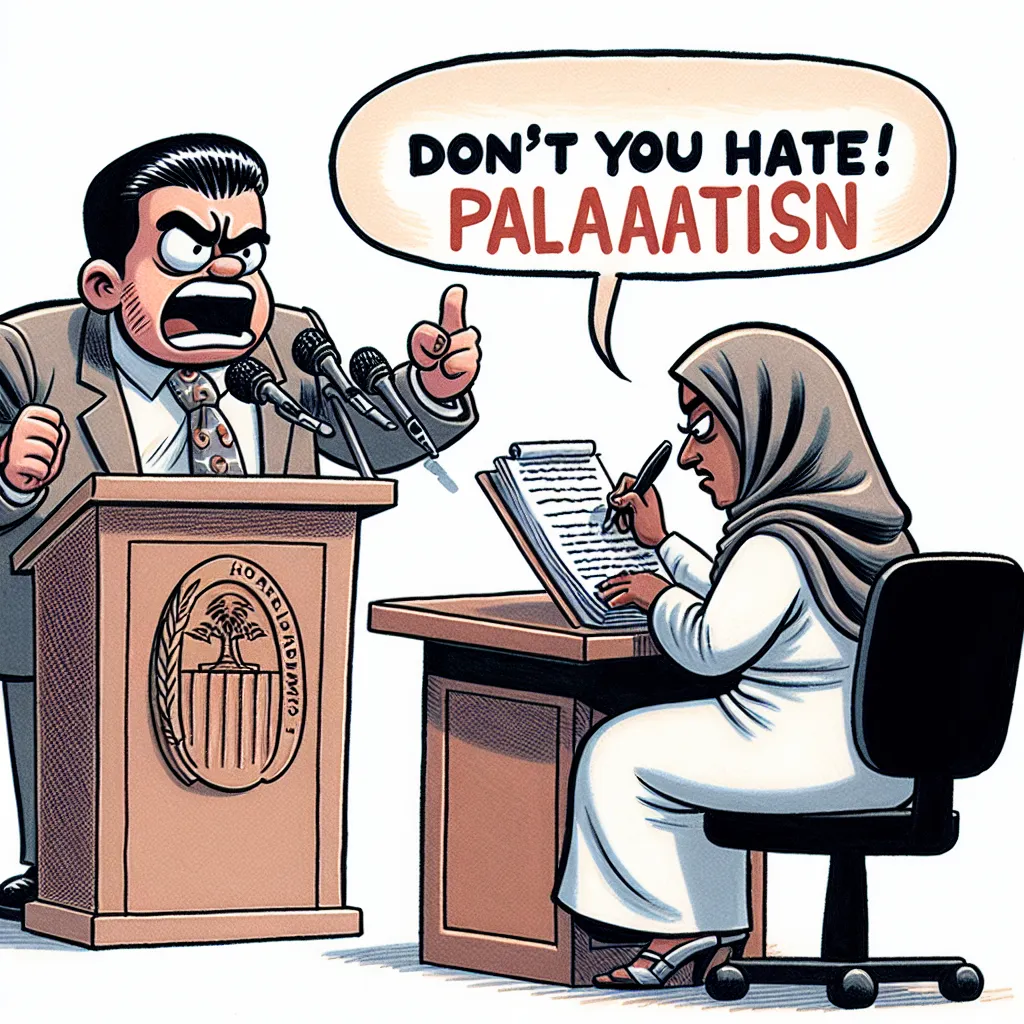
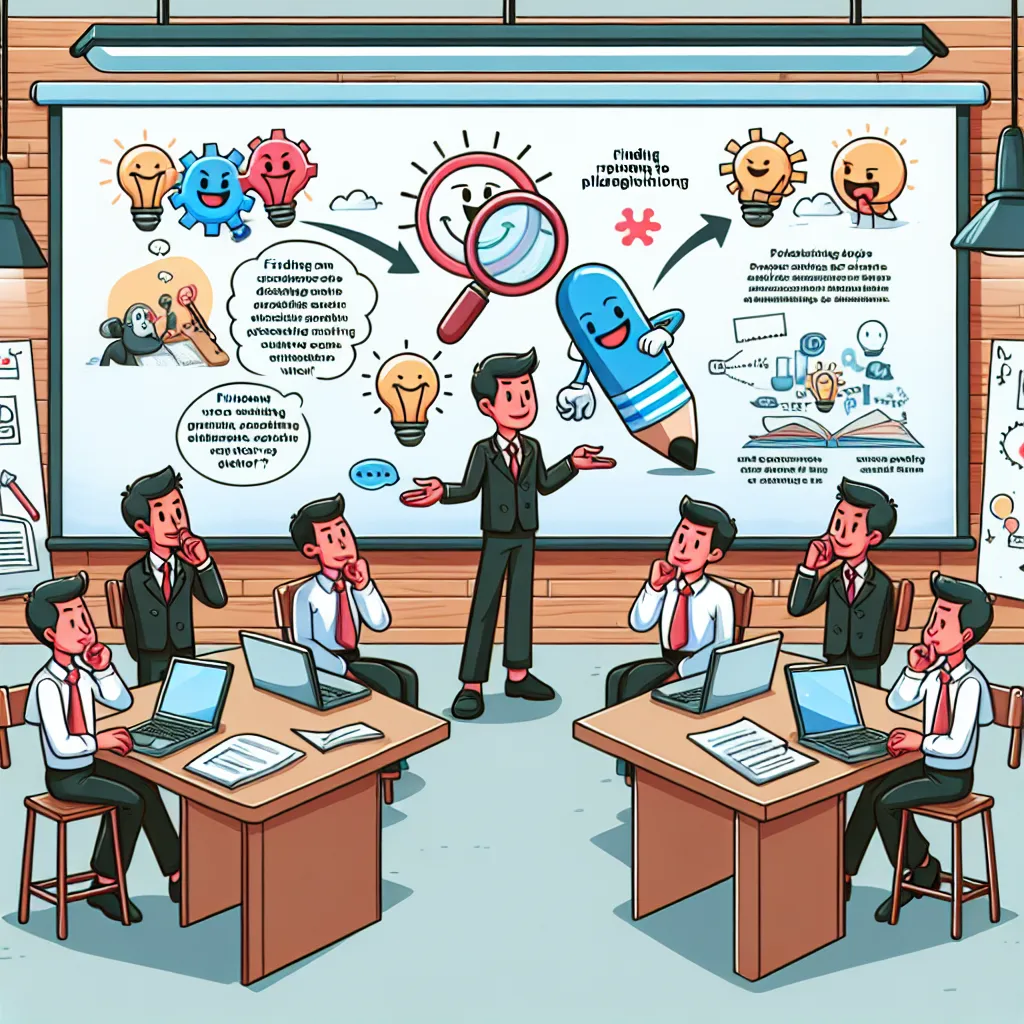
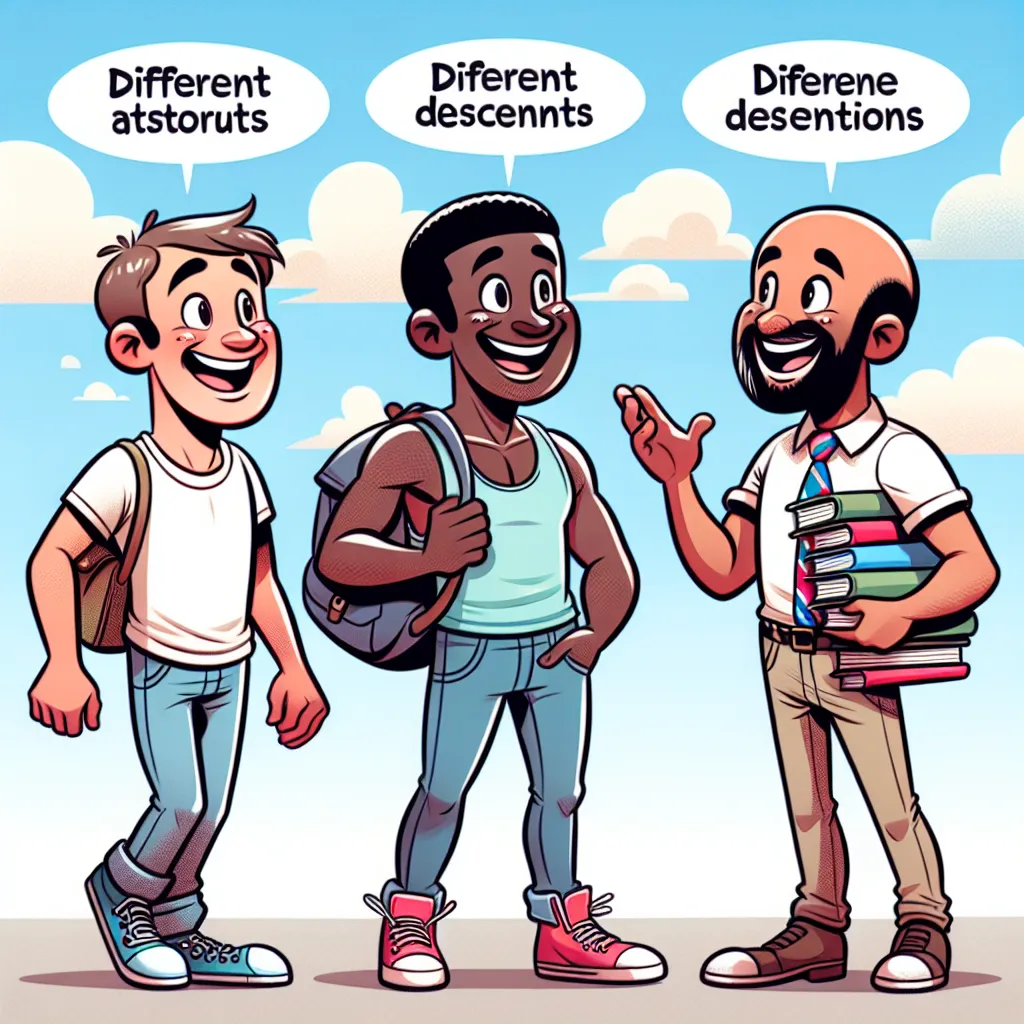
Post your own comment: